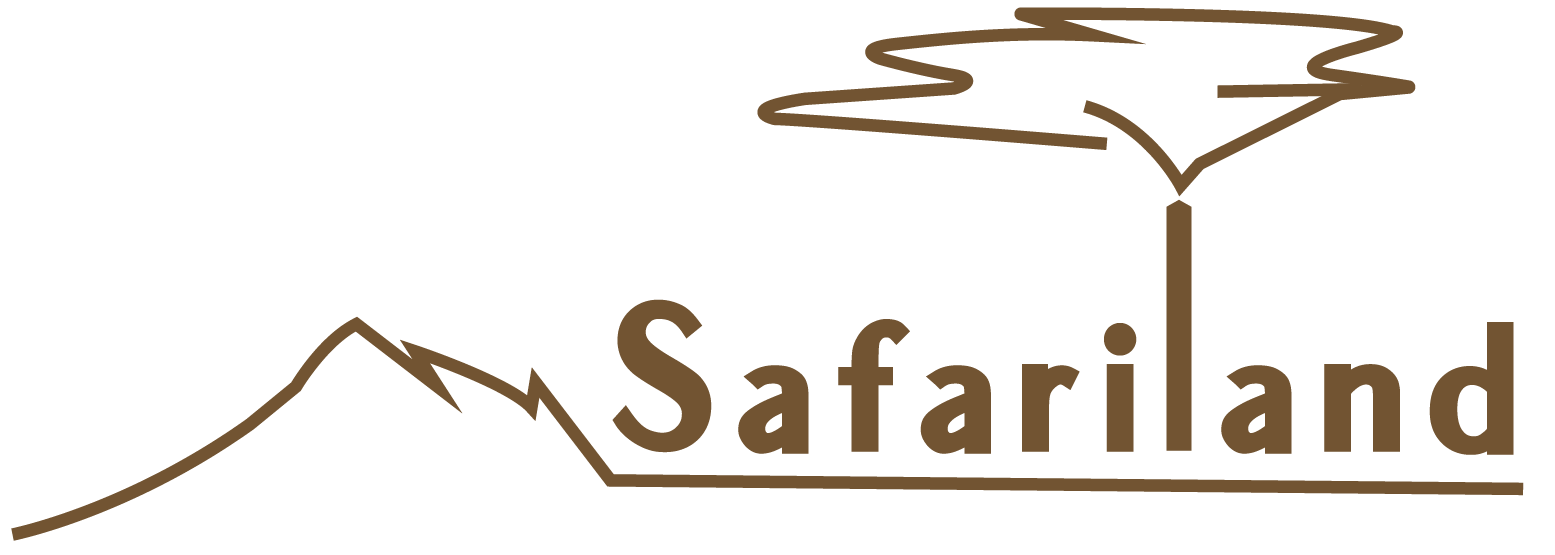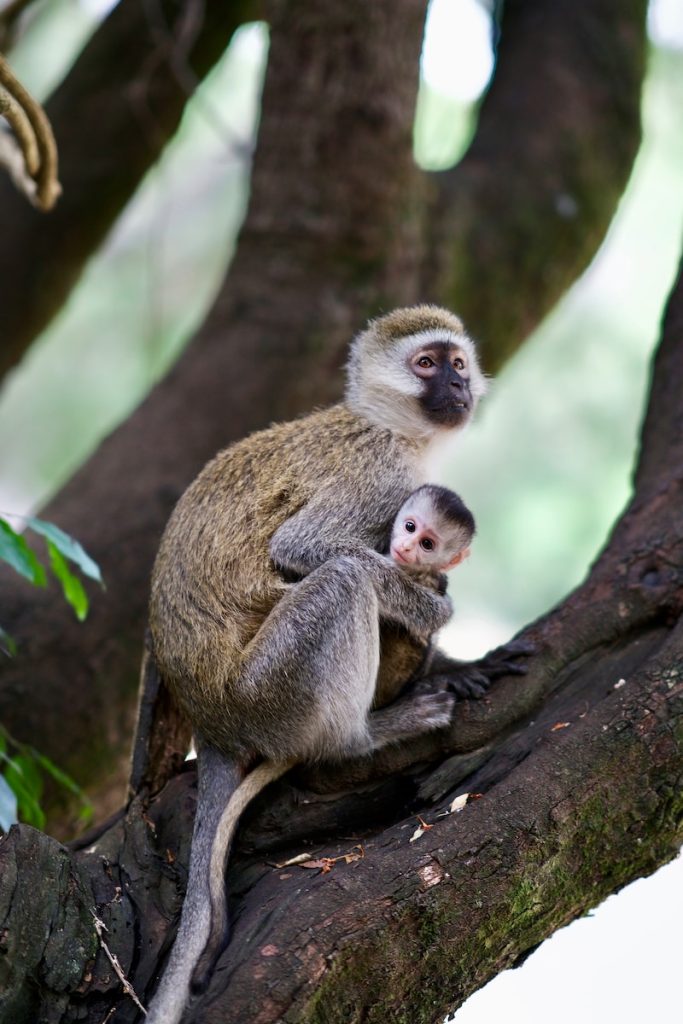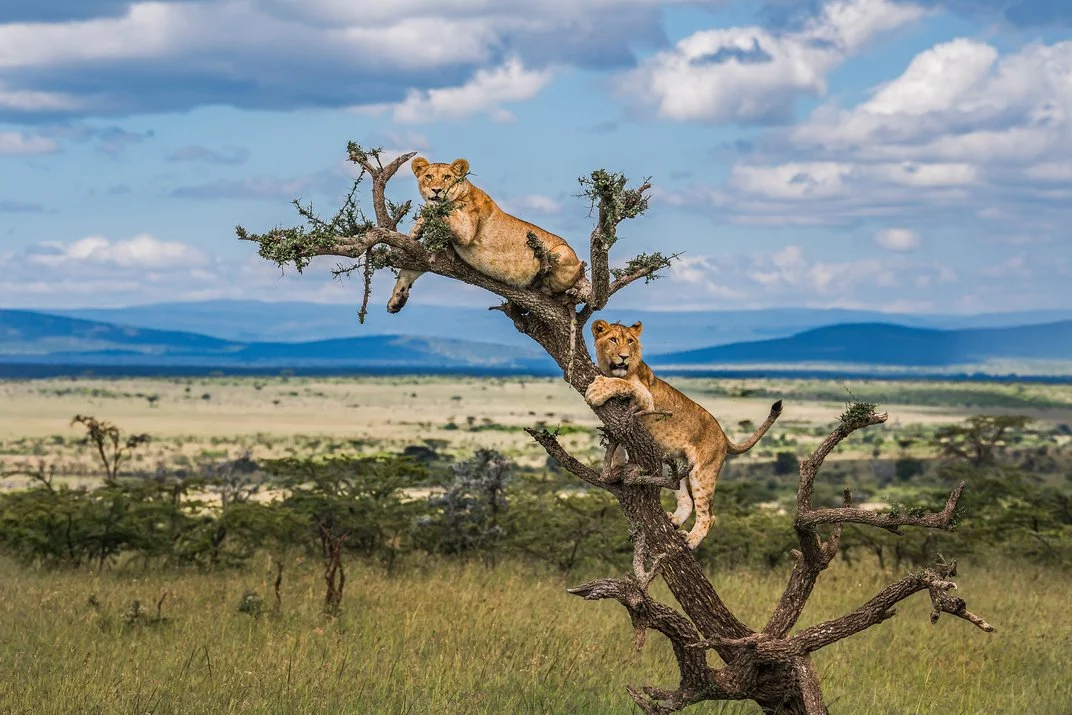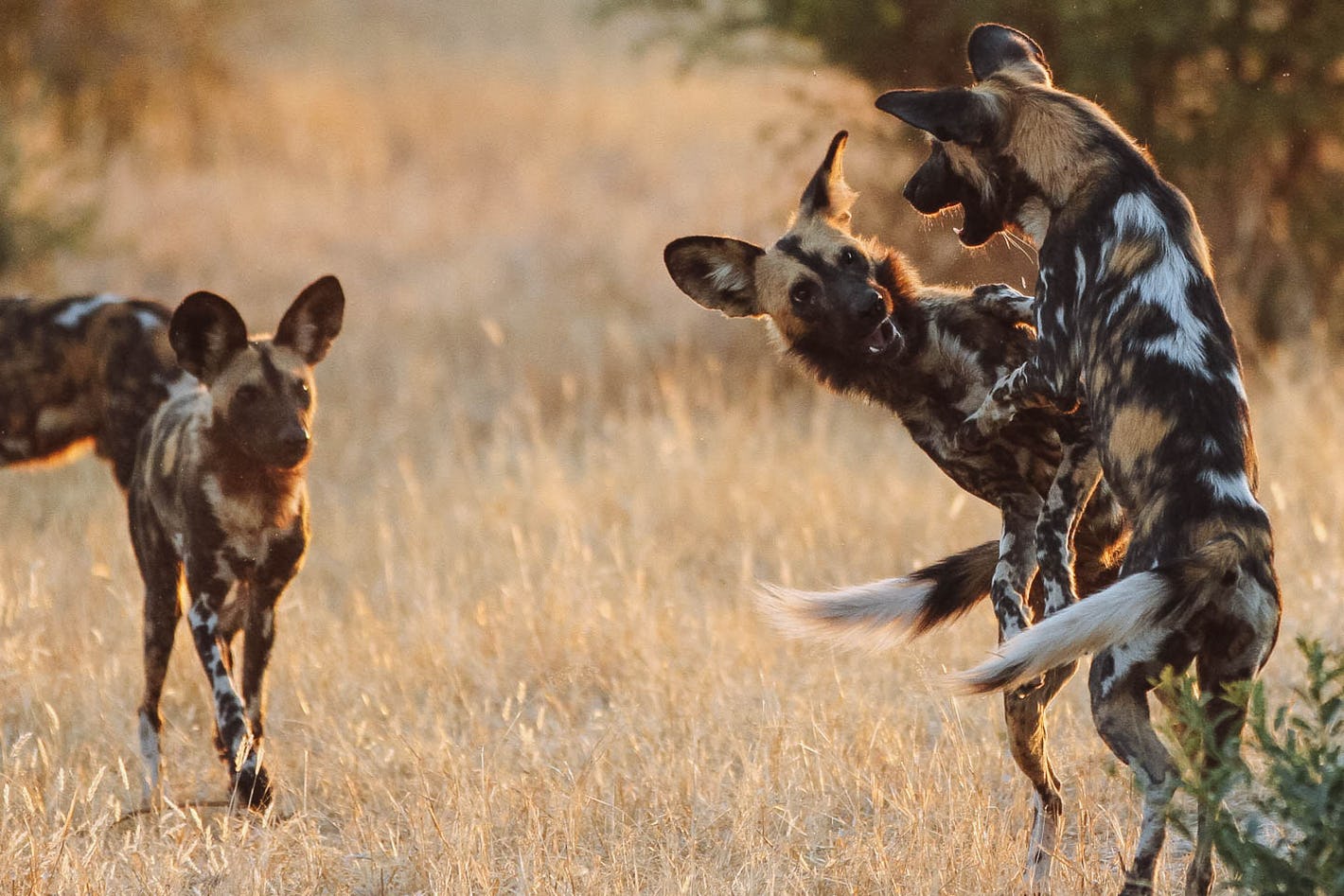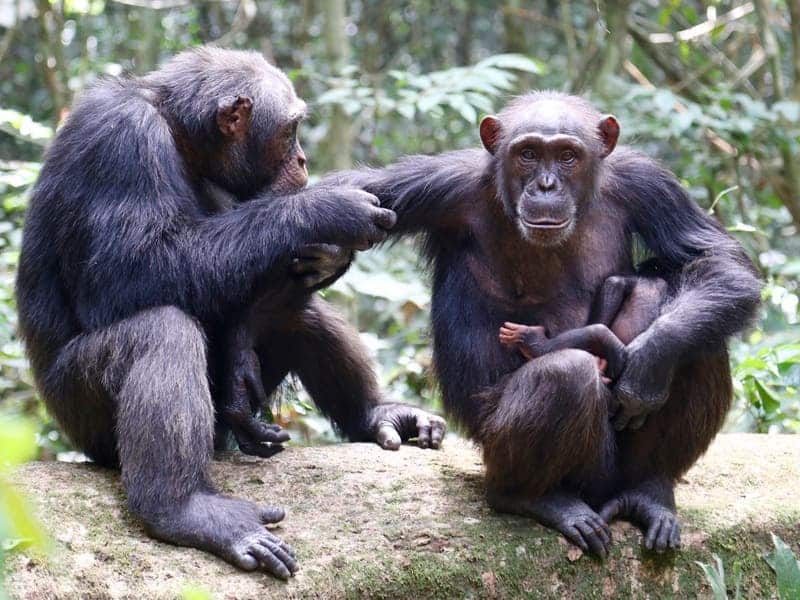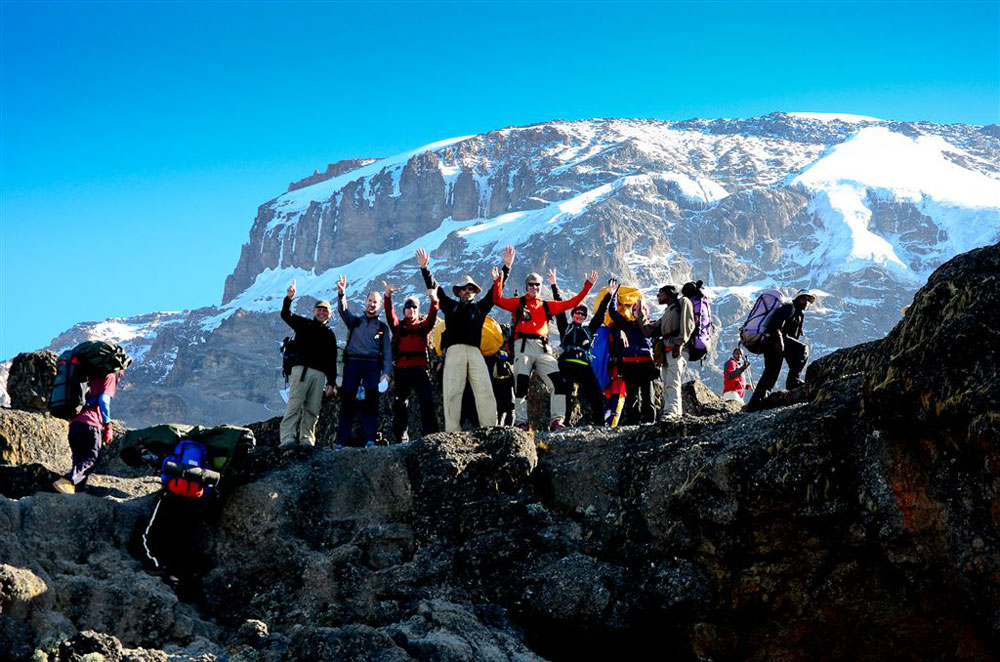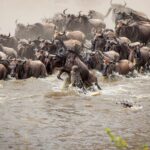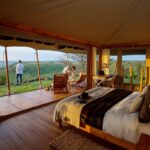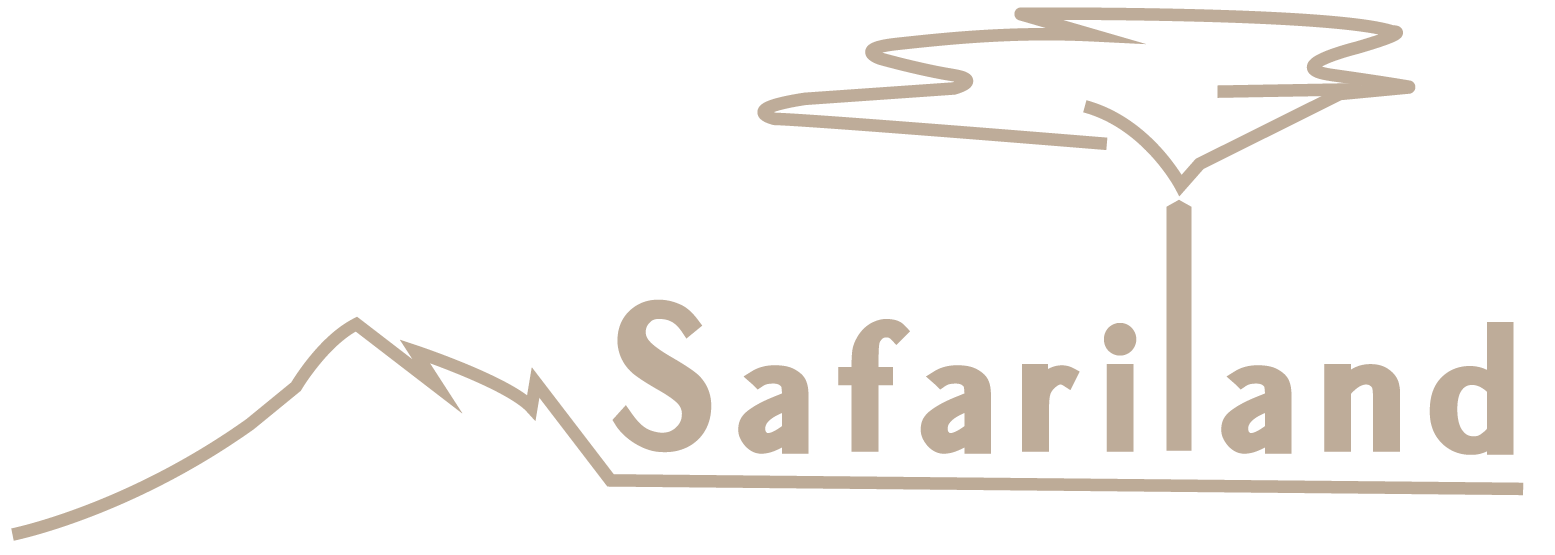Climbing Mount Kilimanjaro is a dream adventure for many travelers! 🏕️ At 5,895 meters (19,341 feet), it’s the highest peak in Africa and a thrilling challenge. The good news? You don’t need technical climbing skills, but proper preparation is essential to reach the summit successfully.
At SafariLand Travel, we’ve guided countless climbers to the top! 🌍 This guide will help you train effectively, prepare for altitude challenges, and ensure you have the best experience on your Kilimanjaro climb.
1. Understanding the Challenge 🏕️
Before training, it’s important to know what to expect:
✔️ Duration: Most Kilimanjaro treks take 5 to 9 days depending on the route.
✔️ Altitude Effects: The main challenge is altitude sickness, not technical climbing.
✔️ Terrain: Trails vary from rainforest 🌿 to rocky alpine desert 🏜️ and icy summit zones ❄️.
✔️ Weather: Temperatures range from hot and humid ☀️ at the base to below freezing ❄️ at the summit.
Training should focus on stamina, strength, and acclimatization to high altitudes.
2. Training Plan: Building Endurance and Strength 💪
Cardiovascular Training (3-5 Days a Week) 🏃♂️
Since Kilimanjaro involves long hours of walking, improving cardiovascular endurance is crucial.
- Hiking – The best way to prepare is hiking on uneven terrain with a backpack 🎒.
- Walking or Jogging – Aim for 5-10 km per session with gradual increases.
- Stair Climbing – Simulates steep sections of Kilimanjaro. 🏔️
- Cycling 🚴 or Swimming 🏊 – Low-impact alternatives for endurance training.
Strength Training (2-3 Days a Week) 🏋️♀️
Building leg, core, and upper body strength will help you handle the daily physical demands.
- Leg Exercises – Squats, lunges, and step-ups strengthen your legs.
- Core Exercises – Planks, sit-ups, and Russian twists improve balance.
- Upper Body – Push-ups and shoulder exercises help with carrying your backpack. 🎒
Practice with a Backpack 🎒
✔️ Train with a 5-7 kg (10-15 lbs) backpack to get used to carrying weight.
✔️ Wear your trekking boots to break them in. 🥾
3. Altitude Training: Preparing for High Elevation ⛰️
Altitude sickness is the biggest challenge when climbing Kilimanjaro. Here’s how to prepare:
- Train at Higher Elevations – If possible, hike at 2,500m+ (8,000 feet) before your trip.
- Slow and Steady Pace – Trekking slowly helps with acclimatization. 🐢
- Breathing Techniques – Practice deep breathing to improve oxygen intake. 🫁
- Stay Hydrated – Drink 3-4 liters of water per day during training and on the mountain. 💧
Optional: Simulated Altitude Training
🏔️ Hypoxic Training Masks – Simulates lower oxygen levels.
🏔️ Altitude Training Chambers – Available at some fitness centers.
4. Mental Preparation: Staying Motivated 🧠
Kilimanjaro is as much a mental challenge as a physical one.
- Set Realistic Goals – Take your training one step at a time. 📅
- Train in Tough Conditions – Hike in cold, rain, and wind 🌧️ to build resilience.
- Stay Positive – Mental toughness is key when facing fatigue and altitude effects. 💪
5. Nutrition and Hydration 🍎
Eating right fuels your body for training and trekking.
Before the Trek
🥑 Carbohydrates: Provide energy (oats, brown rice, whole grains).
🥩 Proteins: Build muscle strength (lean meat, eggs, beans).
🥜 Healthy Fats: Boost endurance (nuts, avocados, olive oil).
🥬 Iron-Rich Foods: Improve oxygen transport (spinach, red meat, lentils).
During the Trek
🍫 Eat small, frequent meals for sustained energy.
💧 Drink plenty of water to avoid dehydration.
⚡ Electrolyte drinks help replace lost minerals.
6. Essential Gear for Kilimanjaro 🏕️
Having the right gear makes the trek more comfortable.
Clothing 👕
✔️ Base Layers – Moisture-wicking shirts and thermal layers.
✔️ Insulated Jacket 🧥 – Essential for summit night.
✔️ Rain Gear – Waterproof jacket and pants. 🌧️
✔️ Gloves and Hats – Protect against cold at higher altitudes. 🧤
✔️ Hiking Boots 🥾 – Sturdy, waterproof, and well-broken-in.
Accessories 🎒
✔️ Trekking Poles – Reduce strain on knees.
✔️ Headlamp – Needed for early morning summit push. 🔦
✔️ Sunglasses & Sunscreen – Protect from strong UV rays. 😎
✔️ Sleeping Bag (Rated -10°C to -20°C) – Essential for cold nights. ❄️
7. Choosing the Right Kilimanjaro Route 🛤️
The best route depends on your fitness level and time available.
Popular Routes:
🏔️ Marangu Route (5-6 Days) – Easiest but lower success rate.
🏔️ Machame Route (6-7 Days) – Beautiful scenery and better acclimatization.
🏔️ Lemosho Route (7-8 Days) – High success rate, scenic, and less crowded.
🏔️ Rongai Route (6-7 Days) – Only northern route, dry conditions.
Longer routes give better acclimatization and increase summit success.
8. Preparing for Summit Night 🌙
The final push to Uhuru Peak is the toughest part of the trek.
✔️ Summit Day Starts at Midnight – Trek in complete darkness. 🌌
✔️ Temperatures Drop to -10°C to -20°C – Wear multiple layers. ❄️
✔️ Trek Duration: 6-8 Hours Up, 5-6 Hours Down – Mental and physical endurance needed. ⏳
✔️ Pace Yourself – Slow steps, controlled breathing. 🐢
Tips for Success:
- Stay positive and motivated. ✨
- Eat well before the summit push. 🍽️
- Keep your water bottle inside your jacket to prevent freezing. ❄️
Final Thoughts: Train Smart, Trek Strong 💪
Reaching the summit of Mount Kilimanjaro is an incredible achievement. With the right training, preparation, and mindset, you can increase your chances of success and fully enjoy the experience.
At SafariLand Travel, we provide expert-guided Kilimanjaro treks to ensure a safe and memorable journey. Let us help you conquer Africa’s highest peak! 🏔️
Book your Kilimanjaro adventure today.
